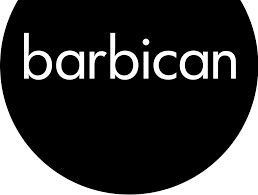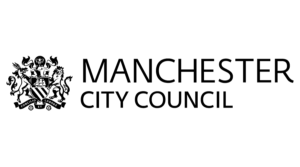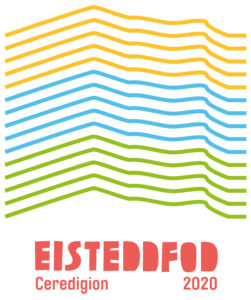DGTL festival, which did not take place in 2020, published a series of ‘Revolution Talks’ online to celebrate their sustainable achievements and plans which were not put into practice. Fides Lapidaire’s presentation is particularly interesting, exploring the topic of human waste from a fresh perspective, and it got me thinking about event toilets (I know how to have a good time!).
Not long ago in most societies, and in many places today, nothing would be wasted, least of all valuable compost to enhance the fertility of soils. As interest in the environmental impact of all aspects of events is growing, considering our own waste is on the menu. Alongside managing materials – i.e. waste and recycling – and food waste, sits the huge amounts of human waste, liquid and solid, that are typically tankered away from event sites.
Let’s looks at different types of toilets with a view to establishing guidance on making good choices in terms of toilets with least environmental impact
The main environmental impact associated with temporary toilets is the emissions from the transportation of the toilet units and the waste. Other impacts result from the way that the waste is treated, and water use. Choice of toilet paper also has a bearing.
Chemical flushing toilets tend to have the greatest negative impacts. They use of large quantities of water – typically 5 to 10 litres per flush. Water use has an impact, due to the ‘embodied’ energy used in purifying and transporting water, and the energy required to purify it again. I find it amazing that we use potable water throughout the country for all purposes, including toilets. Being connected to mains reduces the tankering, but water use is still a consideration in a world where droughts are becoming increasingly common, even in the UK. Another impact is the toxic chemicals (e.g. some brands of the blue liquid) used in the flush of many ‘re-circulation’ units, which can upset the organic processes at sewerage facilities.
LooWatt’s award winning luxury toilets use a low energy electrical flush but no water, instead waste material is stored in a biodegradable film. The biodegradable film and waste material is designed to be processed in an anaerobic digestor, which turns waste material into biogas which is then fed back into the grid.
Many regular luxury toilet trailers have fewer toilets per transport load meaning higher travel emissions per seat. One option for reducing transportation impacts is modular systems. MSS International’s flat pack toilets were commended in the Green Supplier Awards at The Showman’s Show last year, and were showcased at British Summer Time at Hyde Park this year, partly because they can pack 99 toilets onto one lorry load saving an estimated 70% on transport.
Vacuum systems such as MSS and SANI also use 90% less water than flushing loo’s, meaning there is 90% less waste water to remove from site, again saving transport, and ultimately costs.
Glastonbury festival’s long-drops and the ‘poo reservoir’ onsite are a fantastic example of minimizing transport, reducing the need for vehicle movements during the event, and tankering offsite. Waste can be used locally on the land.
Portable plastic toilets use far less water than flushing toilets, and aren’t necessarily a bad option if transport is minimised and the waste is sent to local anaerobic digestion facilities, which capture and use methane for energy, but again, avoid toxic liquids.
Compost toilets are now ubiquitous at boutique festivals, with happy audiences getting used to throwing a cup of sawdust after they go. They are a good sustainable option because they don’t require any water and eliminate the use of blue flush chemicals. Liquids are typically separated and tankered locally, leaving valuable compost that is typically ready to use within around 12-18 months. Whilst there typically isn’t much between ‘plastics’ and compost units in terms of transportation, some of the latter are more efficient as they can be dismantled and flatpacked.
So, what is the greenest toilet system?
The rules of thumb are perhaps obvious – manage toilet waste with the least possible transport miles, minimum water use and using the most local processing facility/option in that order. I also strongly recommend asking your supplier to use non-toxic ‘blue’ if chemicals are being used – it does exist. Finally using recycled toilet paper is a must in terms of forest preservation.
In a circular economy, we must design flows for all resources in which there is no such thing as waste, rather value generation at every stage of the life-cycle. In a perfect world, the solid waste from events would stay on the site or locally and be used on the land once safely composted, although this can only ever be appropriate for some greenfield sites.
Fides Lapidaire & Peter Scheer Talk Shit as Part of DGTL Festival’s Revolution Talks
To check out the full series of Revolution Talks, head over the their website
























